Hi-Fi Rush Review
In a perfect world Hi-Fi Rush would be the first track in an award-winning LP, but thankfully this is a single worth putting on repeat.
I don’t know how else to put this, but Microsoft and Xbox catastrophically failed themselves and lovers of truly well-made, heart-filled, great video games everywhere when they shut down Tango Gameworks. I don’t want to make this review a bitter eulogy for a team of creatives who were clearly so very creative and talented, but I would be remiss if I didn’t give the appropriate leadership at Xbox their flowers for being inarguably the most intellectually barren C-suite in modern gaming history. A team whose claim to fame is their ability to so carefully place rakes to step on ad-Infinitum – I suppose it’s no surprise that they would not only be wholly unaware of Hi-Fi Rush’s existence until the eleventh hour, but that they would set it up for failure and punish the team while praising them for being everything they could ever want. Bullshit. With that out of the way, let’s talk about Hi-Fi Rush the game and not the watershed moment that will forever characterize Xbox’s final steps down the hill to become Microsoft Gaming.
Hi-Fi Rush is some glorious mashup of Jet Set Radio Future, Guitar Hero, and Devil May Cry. It’s, quite literally, a rhythm game at heart. Chai, a daydreaming, positive, ambitious if not a little oblivious, wannabe rock star gets himself into a bit more trouble than he bargained for after sneaking to the front of the line for a fancy new robotic arm courtesy of the mega-corporation Vandelay Technologies. Instead of just having a shiny new appendage, a mishap during the operation leaves him with his music player fused into his heart. The result is that Chai can not only feel the beat, but the world seems to move to the rhythm. Just as quickly, Chai is labeled a defect and marked for the scrap bin – that arm having not been made for playing Wonderwall, but for picking up garbage. Understandably, Chai does what anyone would do in his situation – rock out and get caught up in a resistance movement set to take down the out-of-control corpo crazies heading up Vandelay Technologies.
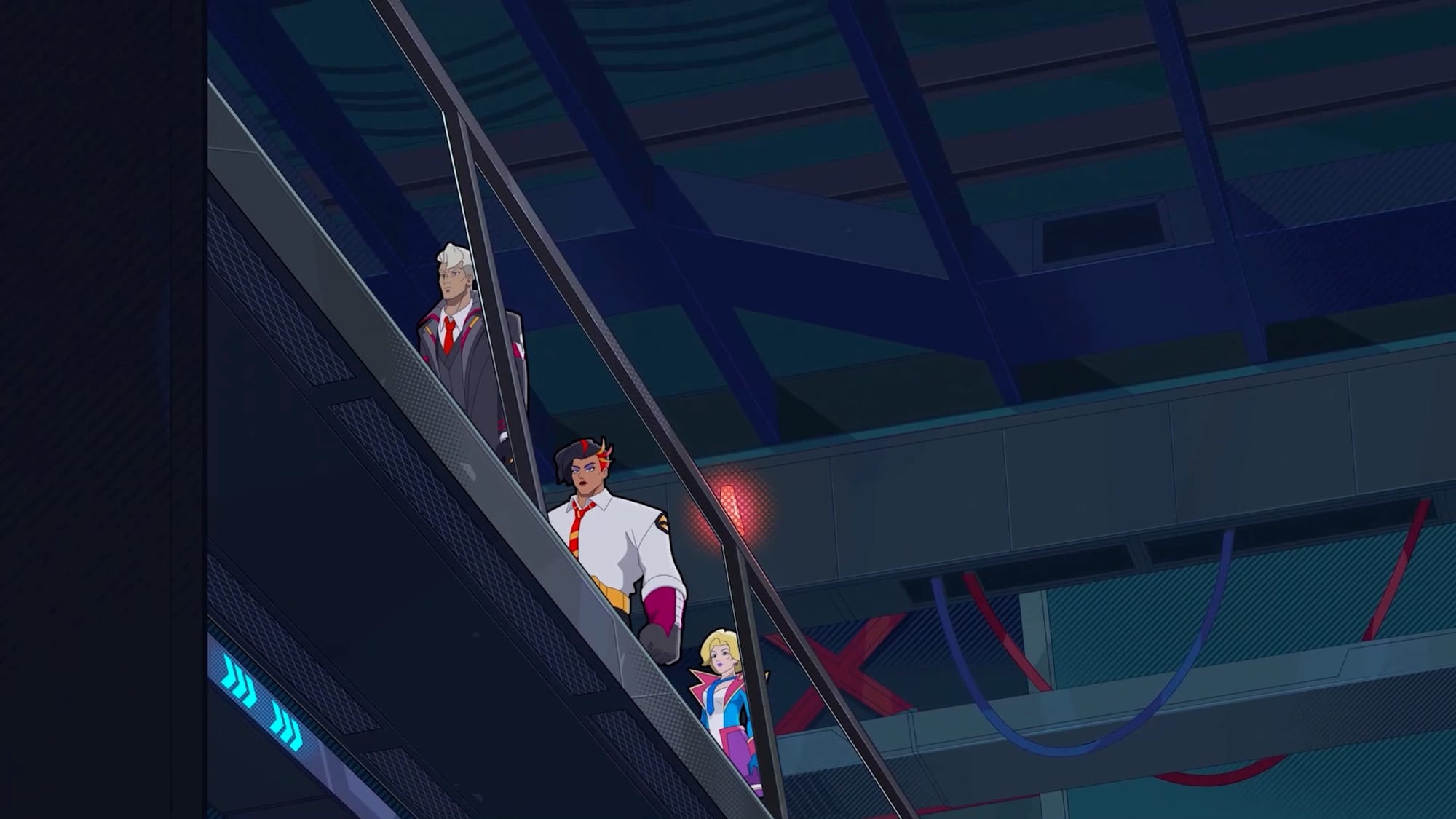
Chai’s new environmentally responsible arm also seems to be musically inclined no doubt thanks to being attached to his now Zune-powered powerplant – its wrench magnetically collecting scrap to take the form of an electric guitar. Not one to question things for long, Chai immediately throws himself into the fray on the back of the beat and it’s time to do Jack Black proud with the power of rock.
With everything in the world around Chai moving to the beat of the myriad face-melting tunes you’ll be treated to; you discover that your enemies are chained to the rhythm as well. Everything in the combat is meant to be to the beat of the music whether that’s your attacks, or your enemy’s attacks. Attack with the rhythm, dodge and block to the beat, and chain together as many combos as you can while avoiding anything that could stop you from a star-worthy performance. Each encounter is scored based on your ability to do all of these things as well as the time it takes you to wipe the floor clean, and how many attempts it takes for you to get the job done. In the spirit of proper scoring systems, you’ll be graded up to S rank not only for each battle but at the end of each stage as well which is one of the many ways that Hi-Fi Rush provides great replay value for those who like to run up the scores and master the combat.
That might sound like it would be really challenging for any number of reasons, not least of which being a lack of rhythm hindering your ability to enjoy the game. Not everyone has been molded by the fire and flames, after all. Thankfully, there are a number of ways in which you can work your way into things until you feel more comfortable. From the jump, Hi-Fi Rush gives you a number of difficulty modes to choose from that tweak the rhythm timing, enemy health, and how much damage you take. Easy, normal, hard, and very hard can be selected at first with Rhythm Master mode being unlocked after you’ve cleared the game the first time. You can also choose to have a rhythm bar on screen that will help you time things out in case you’re finding it difficult to rely on the environmental queues alone – something that will likely be very useful for most people up front before turning it off once things start to click. Like rhythm games of old, an audio-video sync feature that helps figure out whether your setup is introducing a huge amount of latency is provided – something that would make doing things on beat much more difficult unintentionally.
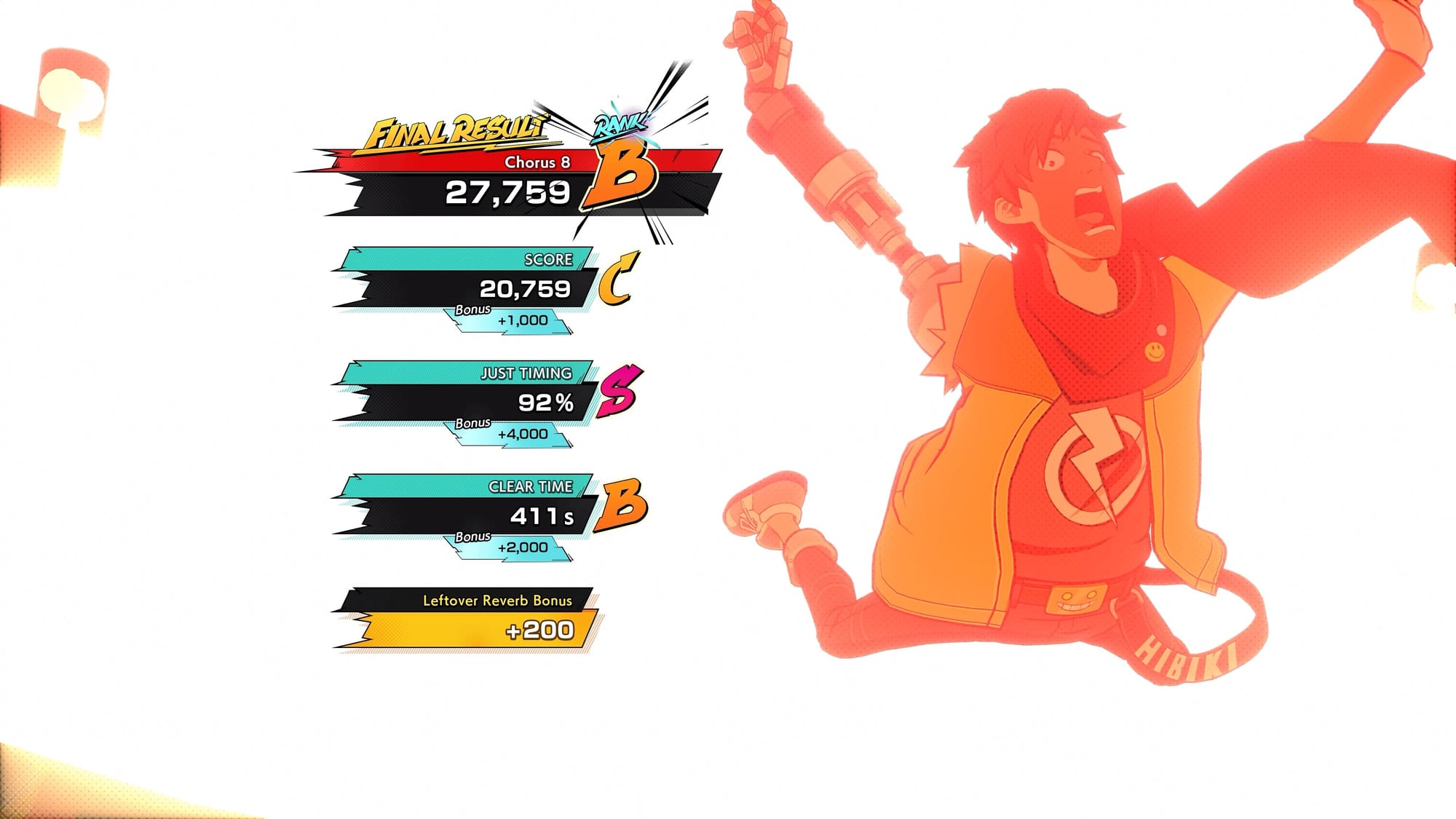
Outside of more option-specific difficulty tweaks, Tango made some design choices for the combat system that I think were brilliant. Hi-Fi Rush rarely punishes you for sticking to what you like. Everyone is naturally inclined to finding a few combos that they enjoy and that they find works for various scenarios, and while some games may punish players for not mixing it up enough, Hi-Fi Rush isn’t one of them. You may not get the highest score, but not everyone is interested in that, nor is a high score necessary to complete the game. Perhaps the best design choice was to allow the player to continue to press any button at any time as long as it’s in rhythm without ruining their ability to finish a combo string. This really lets you lose yourself in the music and combat as you’ll find yourself eventually jamming out on the controller without much thought – all while kicking some serious robot ass.
Each stage is called a Track, and each Track is made up of a series of Choruses. Along your musical journey you’ll encounter and team up with a whole host of fun and endearing (if not a little stereotypical) characters. Your first band mate is Peppermint – the rebellious, driven, and Yin to Chai’s Yang. A hell of an engineer and computer whiz, Peppermint is also the creator of the mechanical kitty 808 who becomes Chai’s battle companion and link to his teammates in times of need. Together, the three will welcome others into the fold as the story progresses with each bringing their own expertise to the mission of ultimately taking down Vandelay. Some of this help is in the form of dealing with environmental obstacles during the platforming segments of each stage, but each member also comes with a host of combat perks that Chai will have to make use of to take on the increasing challenges he faces the closer he gets to the top of the corporate ladder.
Throughout each Track you’ll find Hi-Fi Rush’s currency in the form of scrap metal, as well as other collectables that are either cosmetic in nature or used to upgrade Chai and his team’s abilities. Everything ends up being useful one way or another, so going out of your way is always rewarded while never feeling like a huge time sink. It’ll also let you come across many great little world-building extras should you take even a little bit of time to quickly chat with the robotic denizens or observe some of what’s going on around you as you pass through each zone. Hi-Fi Rush is bathed in funny quips, ironic humor, and fourth wall breaking that’s all handled deftly. It’s incredibly easy for this kind of stuff to go off the rails and send people into a cringe-induced coma, but at no point did my face fold in on itself in an attempt to flee from danger. In fact, I was surprised with how often it got laughs out of me despite its transparent comedy – impressive, given how infrequently games make this old, jaded ass laugh these days.
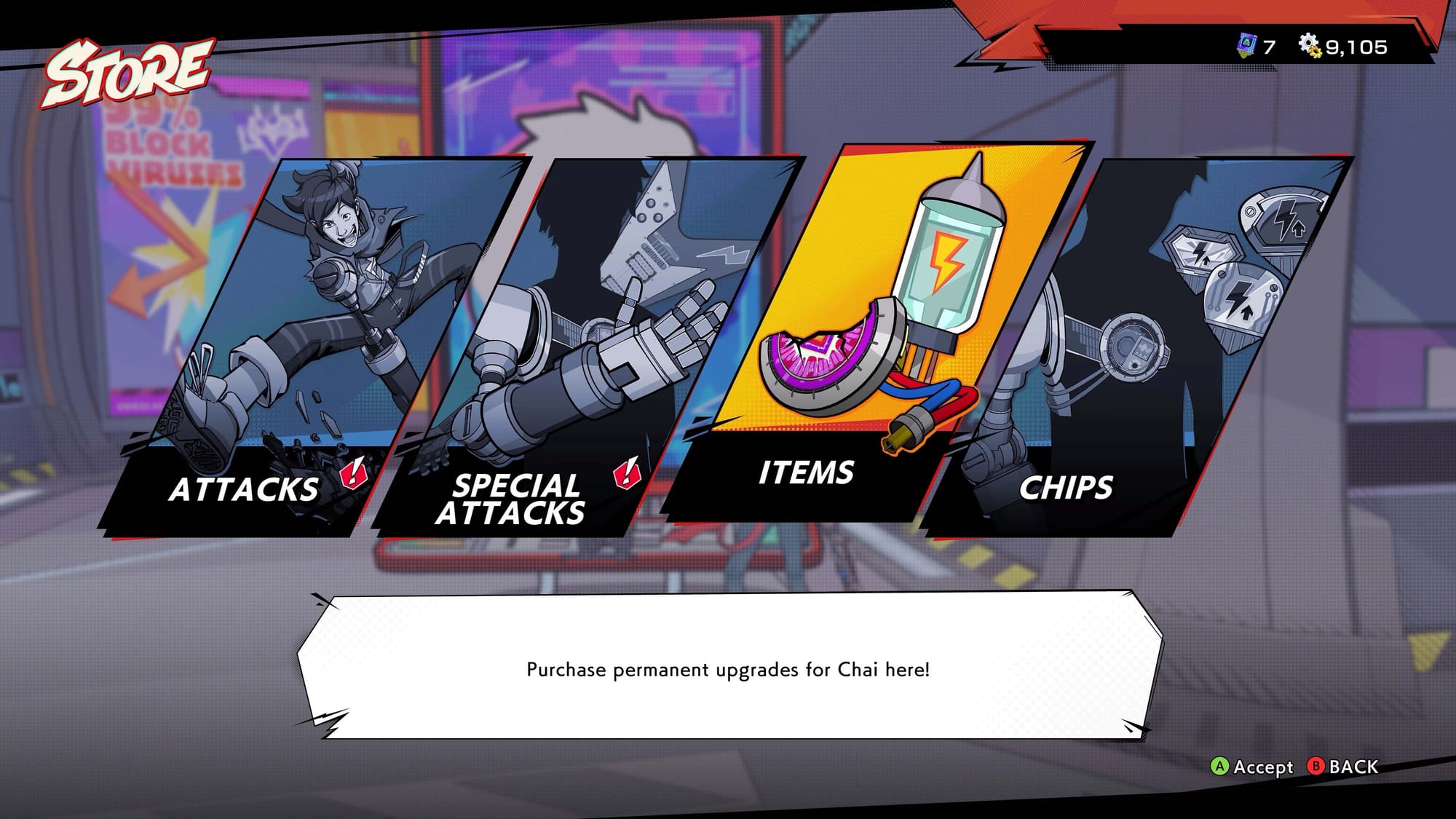
Anyway, like I was saying, all those collectibles can be put to good use. Chai can unlock new regular attack combos, special attacks, more health and special meter, and eventually chips that augment any number of things. Your teammates also have skills that can be levelled, and some of the chips are specific to their abilities. You certainly don’t have to unlock everything, but the options provided do a great job at letting you fine-tune your combat style. Speeding up your teammate’s ability cooldowns for those you like to use most frequently, unlocking more ground or air combos based on what you typically lean towards in combat, and the balance between using your special meter for epic solos or gut-busting duo riffs are all ways in which you can make the most of your musical mayhem. Just don’t be like me and forget that those chips actually need to be equipped to take effect – something that is admittedly perhaps a bit easy to do given how the menu is accessed, but not my finest moment.
Like any great song, Hi-Fi Rush’s Tracks are all well-paced and build up to a sonically sensational grand finale. Climbing the corporate ladder always requires stepping on some faces along the way, and in this case that means the heads of Vandelay’s various departments are in for a C-suite shakeup. All the boss encounters in this game are so damn good. Each finale, like the stage placed before it, has its own track to kick some ass to and are all thematically tied to the character and their department in fun and mechanically impactful ways. These encounters and the scenes that follow them showcase Hi-Fi Rush’s immaculate art direction, animation work, and just over-the-top ridiculously good production in general. There are not a lot of games that are as adept at everything audiovisual, and far fewer could claim to be more so.
At the risk of sounding really, terribly, concerningly old here – Hi-Fi Rush is a whole vibe. Music is such a powerful and core aspect of the human experience. Tying that so specifically to the combat and with such success really hits differently than your typical action combat game. You feel so much more connected to everything, and the feeling you get when everything is just flowing with the music can’t be overstated – it’s just so much damn fun. This game is dripping in heart. Tango Gameworks clearly whole-heartedly believed in Hi-Fi Rush and had to have enjoyed developing it because it would be nearly impossible to fully feign this kind of authenticity and charm. Perhaps paradoxically, parts of Hi-Fi Rush would make you believe Tango knew something of their fate – there’s almost too much on-the-nose commentary in here to think otherwise. At points, it felt like I was watching the final season of Arrested Development when they knew the network was cancelling the show and they leaned into it as hard as they could manage. Intentional or not, they couldn’t underscore the disastrous circumstances of Tango Gameworks’ closure more if they tried. Truly a bit of tragic comedy.
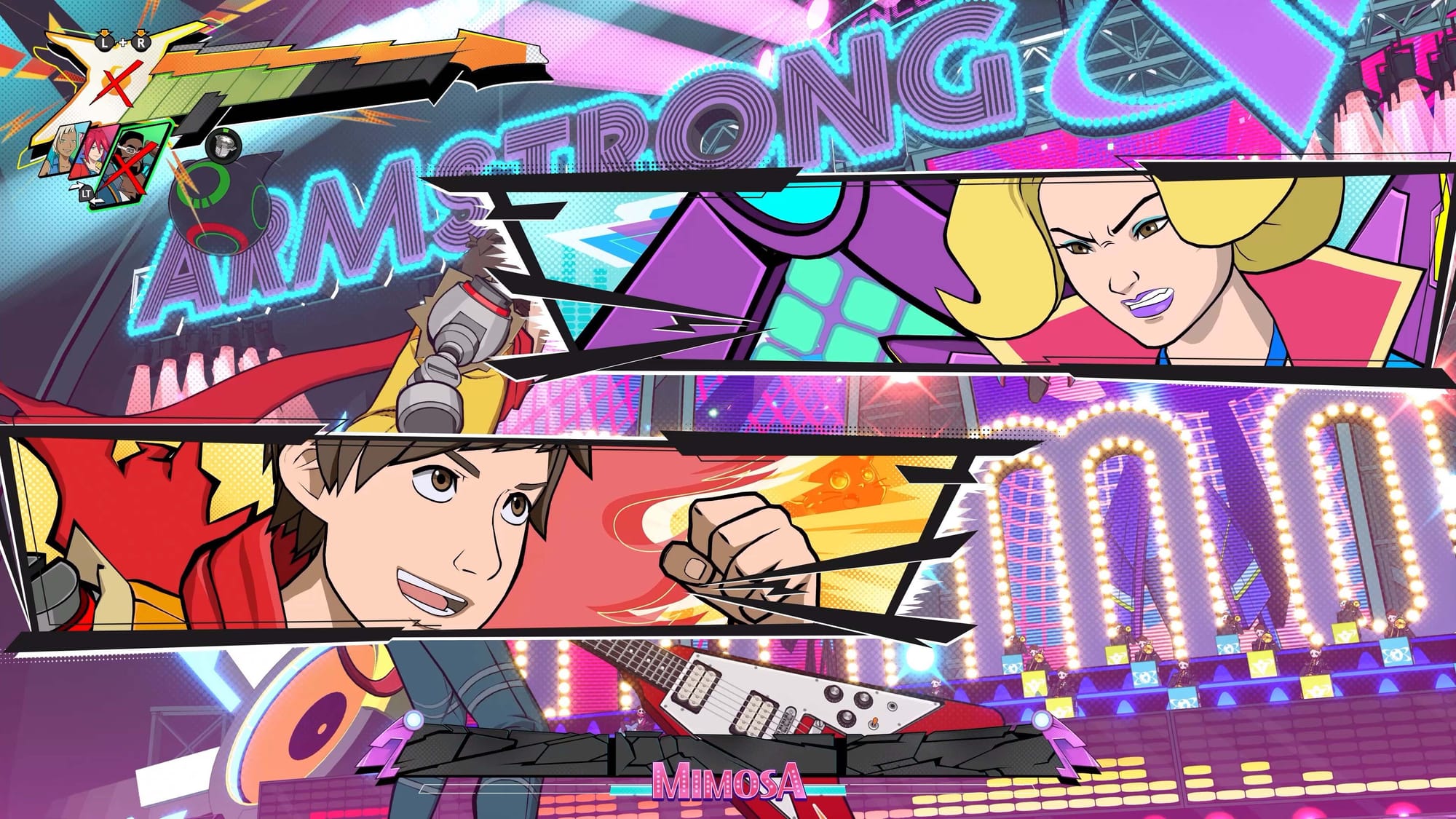
When Chai and crew do reach the finish line, you’re provided with a whole host of end-game content to enjoy if you’re looking for more. Other than the aforementioned new hardest difficulty mode, you also get to go to any stage you want to collect what you might have missed as well as figuring out what some secretive doors you may have spotted before have in store. You’ll also have a handful of arcade-style modes made available for you to truly test your rhythmic combat skills in.
Rhythm Tower sees you take on waves of enemies that get progressively more challenging as you go up the floors. You’ll want to be sure you’re keeping to the beat, because doing so nets you more time to continue so long as you have time to spare. Every fifth floor you’ll be able to leave to claim some rewards, otherwise if you run out of time or manage to die, you’ll be sent home with nothing. Combining this mode with the Rhythm Master difficulty is really where the absolute best players will be able to succeed – and where arguably the most challenge in Hi-Fi Rush is handed out.
Tango also added an arcade cabinet with a couple of other modes to test your skills. Power Up! Tower Up! has Chai start from square one and as you progress, you’ll have randomly provided upgrades to choose from as you take on random enemy encounters. Finally, BPM RUSH! sees you take on waves of enemies as the speed of the songs, and therefore the combat, get faster and faster. All these modes are great end-game value adds, and the end-game content in general is exactly what you would want from a game like this. The core game may take you between 8 and 12 hours to complete but these modes help give you a lot more to chew on should you want to keep the music going. For those industrious enough to complete the arcade challenges, there are some particularly wonderful rewards and easter eggs that round off a nearly perfect experience.
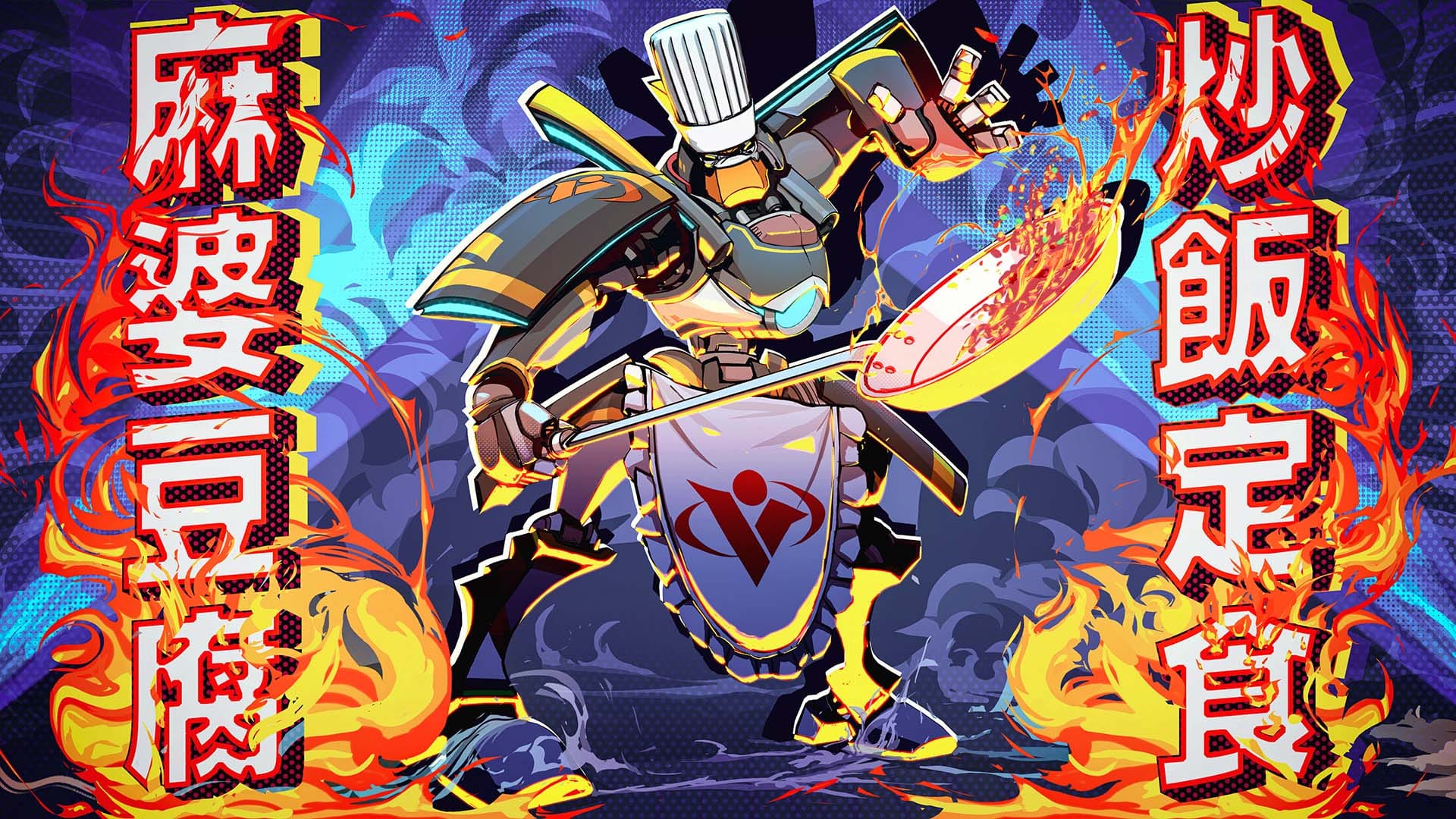
Tango Gameworks was an immensely creative, talented team that had a range very few developers can claim to have, and Hi-Fi Rush is a shining example of all that creativity and talent. In a time where it’s increasingly rare for bigger mainstream games not flying the Nintendo flag to remind everyone that video games are games, Tango gave us a glimpse of what is possible when a proven team is allowed to explore their creative aspirations. Hi-Fi Rush is a spectacular game by every measure, and I suspect nearly anyone who plays it would walk away thinking no differently. It’s fun, imaginative, full of heart and expertly executed. In a perfect world Hi-Fi Rush would be the first track in an award-winning LP, but thankfully this is a single worth putting on repeat. Rock on, Tango Gameworks.

